10
Do you know how to Remove Vocal From a Song? Taking out the vocals from a song can be very useful for many reasons, such as making a karaoke version, making changes to a track, or learning the instrumental parts of the song. It can be hard and not always successful to fully remove vocals from a mixed song, but there are many ways and tools to reduce or get rid of vocals from a track. This guide will show you different methods, programs, and add-ons that can help you do this.
If you want to be more creative and learn more about audio engineering, learn how to remove vocals. You can find new ways to experiment and show yourself artistically by trying these methods how to Remove Vocal From a Song. So, let’s get started and look at the tools and strategies that can help you get what you want, whether that’s making a unique remix, breaking down musical parts, or just listening to your favorite songs on instrumental.
What is vocal removal
Vocal removal is the process of taking words out of a song or audio track. It’s a popular way to edit or remix music to make instrumental versions or draw attention to certain parts of the recording. You can do this in a number of ways, such as by cancelling the phase, filtering the frequency, or changing the spectral range. But getting rid of all the singing can be hard.
How well the vocals are removed depends on things like how well the recording was made in the first place, how it was mixed, and how complicated the music arrangement is. Overall, vocal removal is a useful tool for artists, DJs, and audio editors because it lets them change and adapt music tracks to their needs. To get the result you want without lowering the quality of the sound as a whole, you have to pay close attention to the details and try different things.
How to Remove Vocal From a Song

- Open your browser and go to official website of LALAL AI.
- Upload your sound or video by clicking “Select Files.”
- Add a song by double-clicking it in the folder window.
- Wait a minute or two for the work to be done.
- In the Instrumental section, click the play icon.
- Sure, here’s the content simplified with important words highlighted in bold:
- Press “Process the Whole File.”
- In the Instrumental section, click the download icon.
Increase or Decrease the intensity of audio
- In the window’s upper left corner, click Back.
- Intensity level can be chosen at the top of the file upload area. By default, all sound is processed at the Normal level.
- The least amount of sound filtering is used at the Mild level. Because of this, you can hear the mistakes in the original audio as well as the mixing of vocal and instrumental tracks.
- When the level is set to Aggressive, the most filtration is done. The algorithms try to find and get rid of all errors that might be there. Because of this, the separated tracks might have more mistakes in them.
- Click “Select Files,” then double-click the song you uploaded before.
- Play the preview of the new instrumental. Click Back in the upper left corner of the window to try a different filter.
- Once you’re happy with the result, continue with the rest of the steps.
Benefits of Removing Vocals in Music Production
- Remixing and Sampling: Producers can easily remix or sample music without the words getting in the way by isolating the instrumental parts of a track. This can bring about clever new takes on old songs and mashups of them.
- A Cappella Arrangements: Alternatively, taking out the instrumental parts of a song can leave you with just the singing. This can be useful for making a appellate arrangements or learning about vocal techniques and harmonies.
- Covers and Music Licensing: Taking out the words from a song can help with licensing because it lets other people use or cover the original song without breaking copyright laws.
- Focusing on Instruments: If the words are annoying or not wanted, taking them out can draw attention to the instrumental parts of the music, like the melody, harmony, rhythm, and arrangement.
- Sound Design and Production: Part of the sound design process in audio production is isolating and changing specific parts of a track, such as singing. When producers take out the voices, they can try out different effects, processing methods, and arrangements to get the sound they want.
Conclusion
Finally, taking vocals out of a song is a skill that artists, producers, and fans can work on. You can use it to make karaoke versions, remixes, or just to learn the instrumental parts of the song. It’s possible to do this in a number of ways, such as by using simple software like Audacity or Adobe Audition or by using online tools such as Word Remover or Phonic-mind. It can be easier to separate and get rid of singing if you know how to edit audio and change frequencies.
It’s important to try new things and practice because the result relies on the starting material and the way it was done. When you deal with copyrighted items, always remember to follow the laws and give rights. Being patient can help you find new ways to be artistic and love the layers of music even more. Don’t be afraid to jump right into the process. Explore, and enjoy the ride as you look for the magic hiding in your favorite songs.
Question and Answer
Is there a difference between removing vocals and creating a karaoke track?
The vocals are taken out of songs on both karaoke tracks and instrumental forms. Making a karaoke track, on the other hand, takes more editing to improve the instrumentals and make sure the track plays smoothly, which makes the experience better for singers.
Are there any legal considerations when removing vocals from a song?
It’s important to follow copyright rules and any agreements when taking vocals out of a song. Should you want to share or use the changed song for business purposes, you may need to get permission from the owner of the copyright.
Can vocal removal be done manually?
Of course! You can get rid of voices in a song by separating and lowering the sounds of the vocals with special software. It could take a while and you’ll need to know how to edit music to do this.
You Might Be Interested In
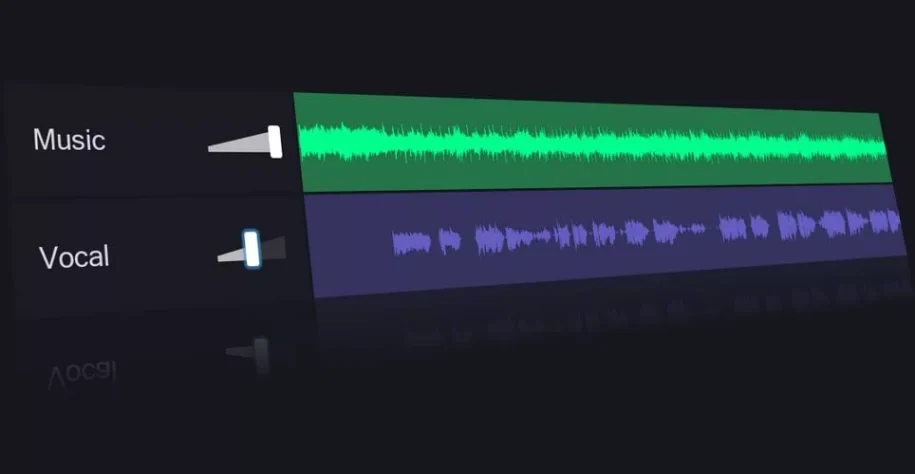
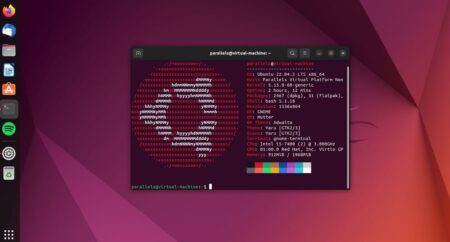
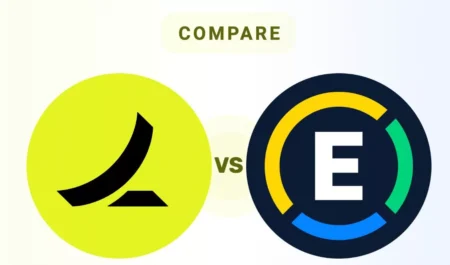




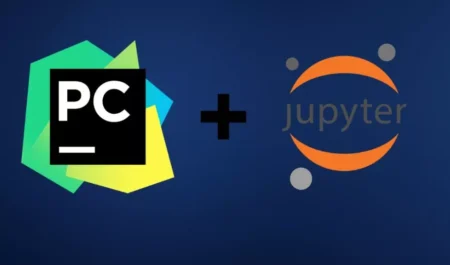
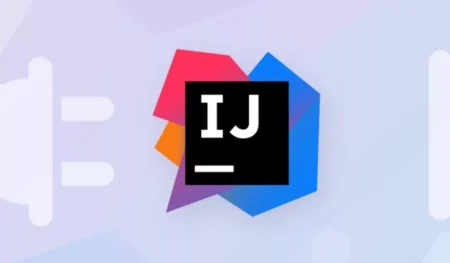

Leave a Reply